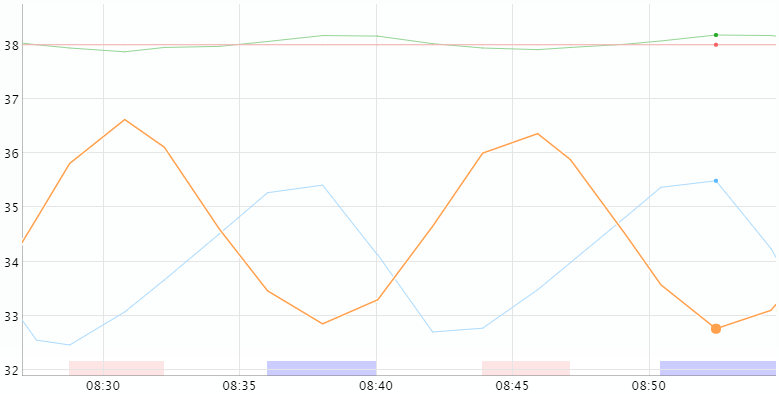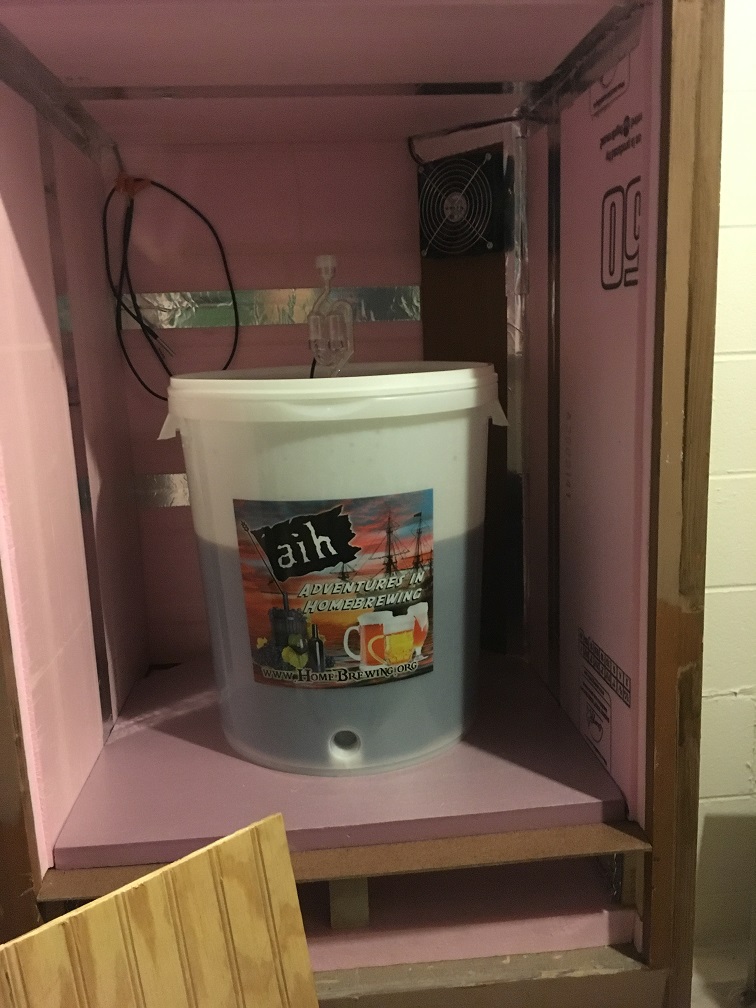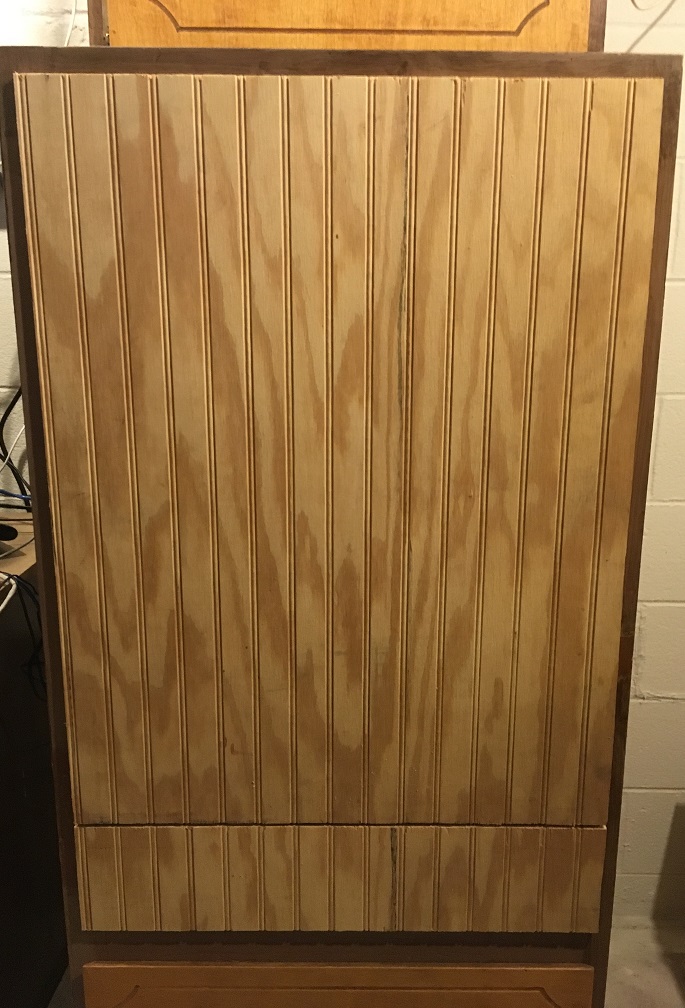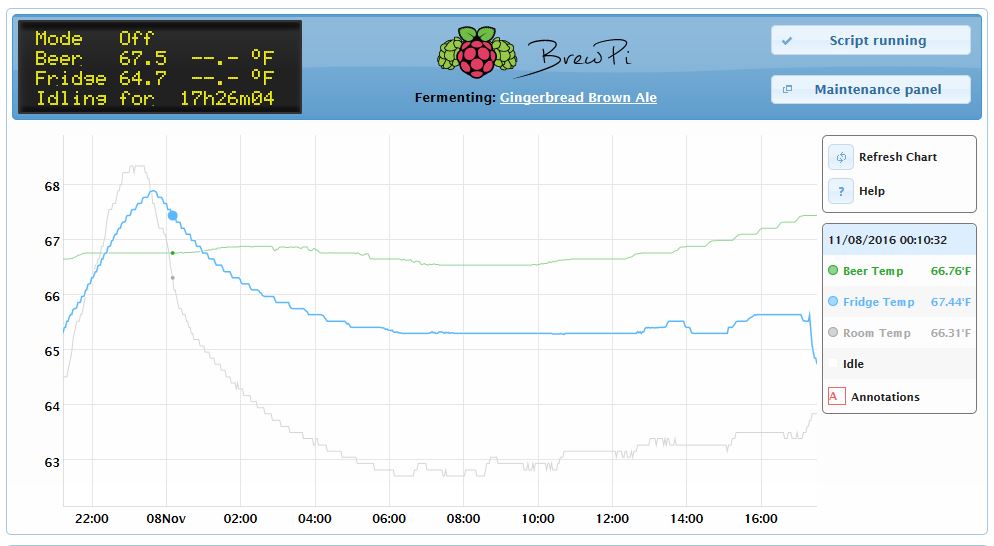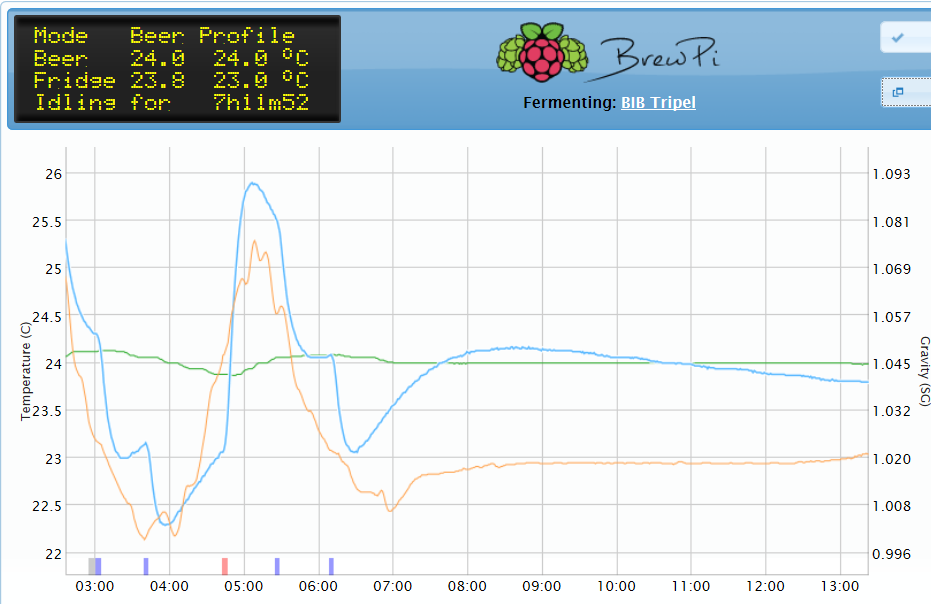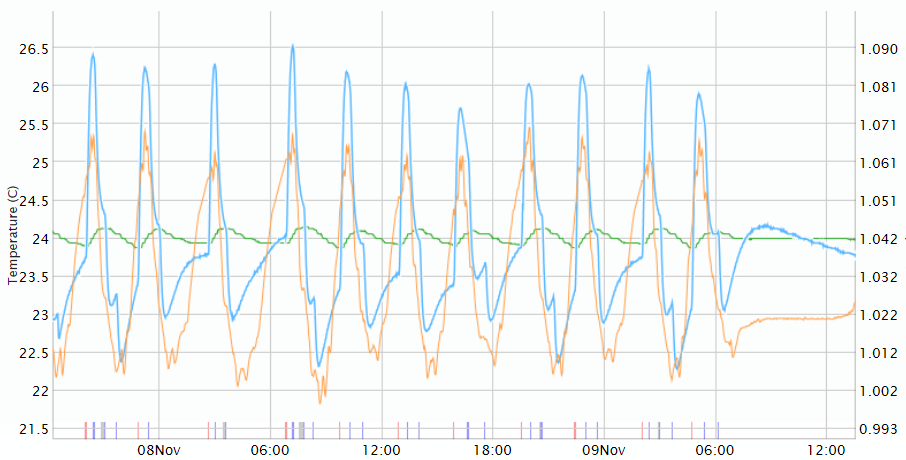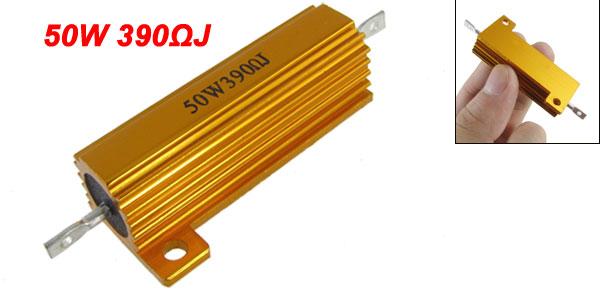185 Fahrenheit represents an error condition (same as 85 Celsius). So, probably the software could not get a valid temperature reading initially. If it happens a lot check your wiring.
The 1-wire temperature sensors are factory calibrated and will be within 0.5 Celsius of the actual temperature. They can't be calibrated further, but you can adjust the value in software by adding or subtracting an offset after the sensor has been read. It's generally not necessary however.
The 1-wire temperature sensors are factory calibrated and will be within 0.5 Celsius of the actual temperature. They can't be calibrated further, but you can adjust the value in software by adding or subtracting an offset after the sensor has been read. It's generally not necessary however.


